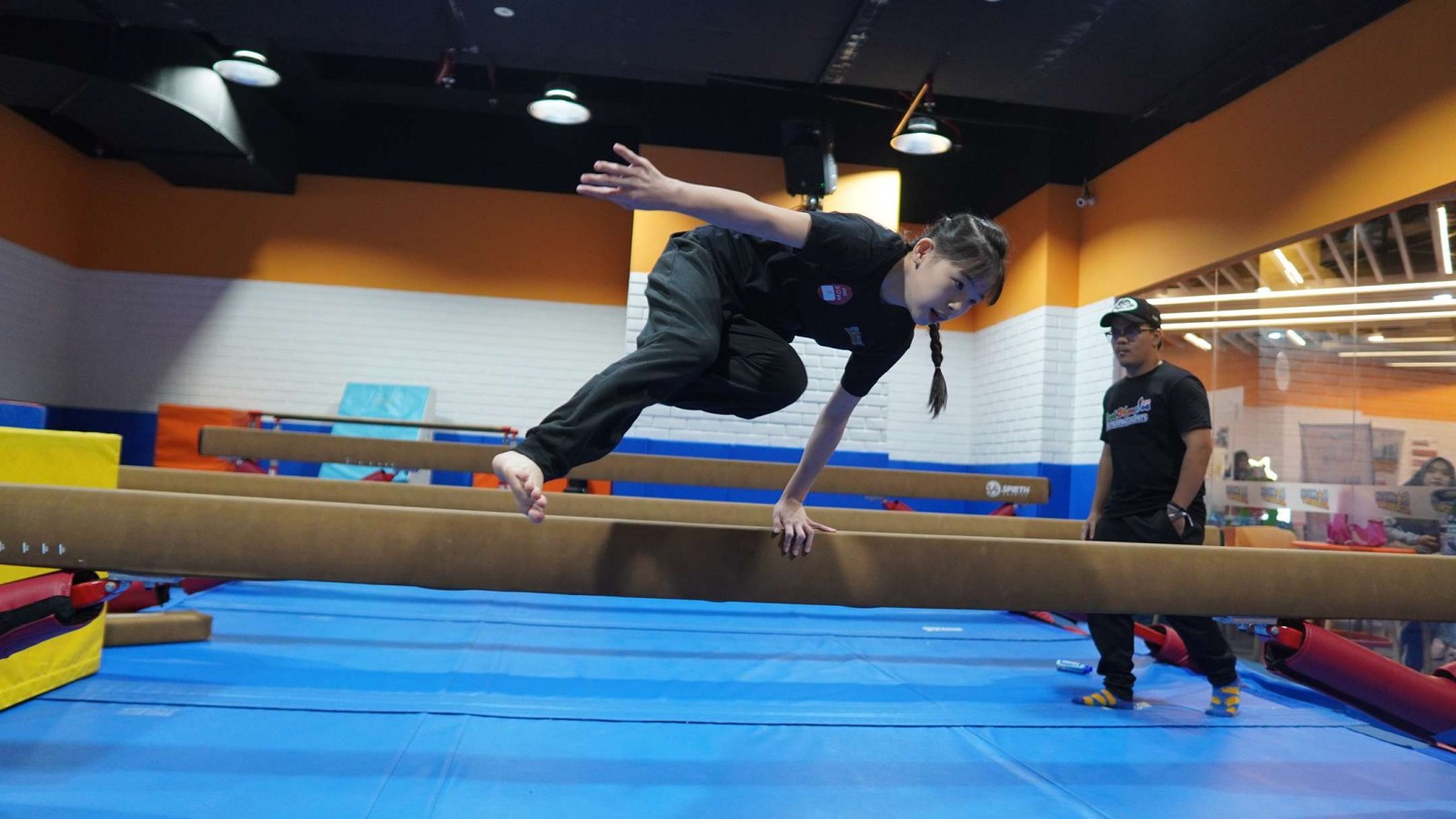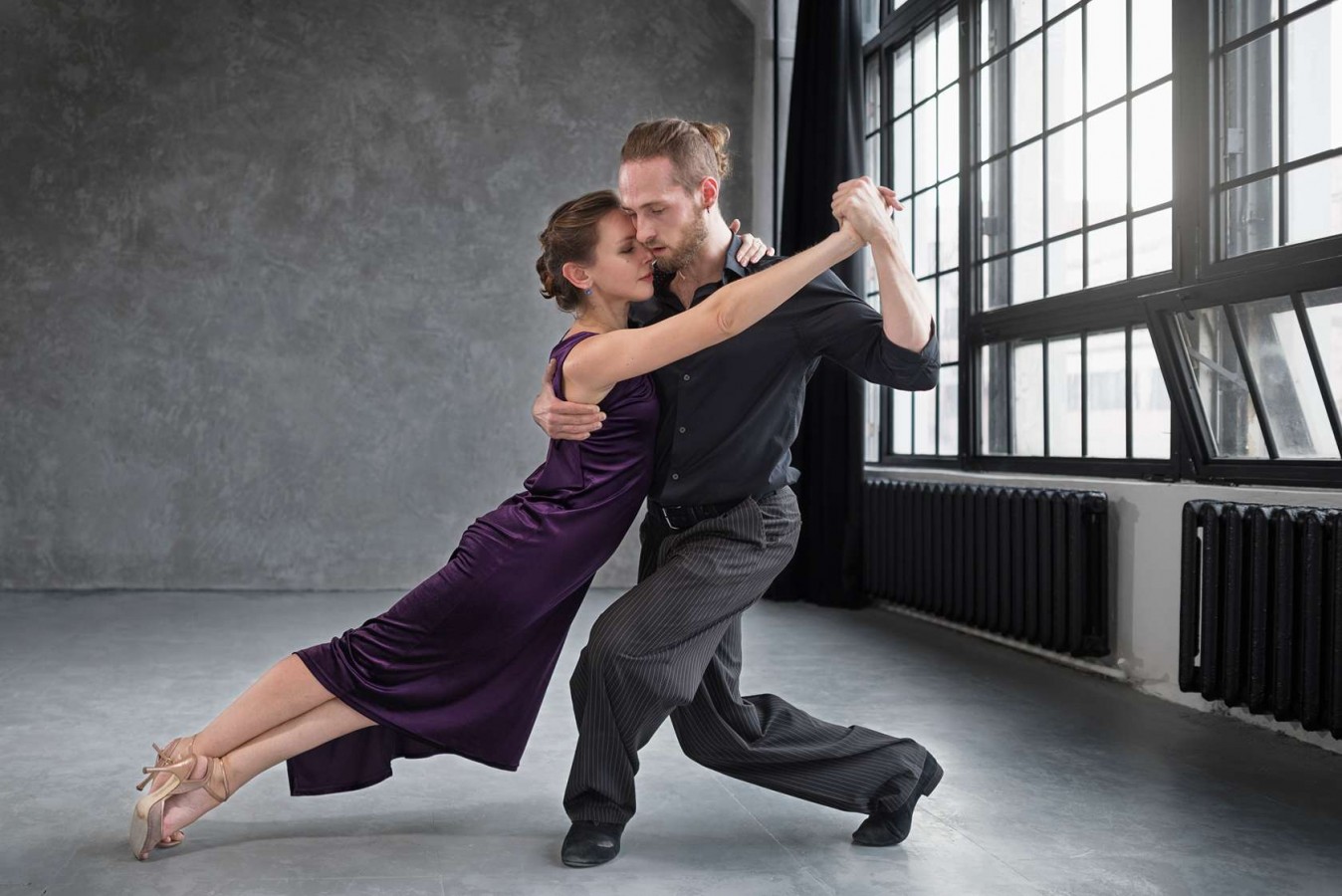How to Learn Parkour: A Practical Guide to Getting Started

Ready to flip, jump, and vault your way to a new challenge? If you've been wondering how to learn parkour, you're in the right place! Whether you're looking to push your limits, get fit, or just try something exciting, parkour is a fun and rewarding activity.
But before you get started, it's important to know the basics of parkour, how to practice safely, and whether age matters when it comes to training. In this guide, we'll walk you through the essential parkour moves, how to learn vaults and jumps, and share tips for practicing safely.
Why Practice Parkour?
Parkour is more about moving freely and creatively through the world around you. Here are a few great reasons to give it a try:
1. Parkour is Fun
It’s like treating the world as your giant playground. You’ll find creative ways to move, jump, climb, and pretend you’re escaping zombies or ninjas, unlocking that playful inner child who just wants to run around and explore again.
2. Parkour is Great Exercise
Running, jumping, and climbing aren’t just thrilling but they also give your whole body a solid workout, improving strength, coordination, and body awareness all at once.
3. Parkour is a Challenge
It pushes your physical and mental limits. You might struggle with moves at first, but with persistence, you’ll master them. This sense of accomplishment builds confidence that spills into other areas of life.
4. Parkour is a Great Way to Make New Friends
The parkour community is super supportive. People train together, help each other improve, and just have fun. It’s more about teamwork than competition.
5. Parkour Can Help Save Your Life
Imagine needing to escape danger by climbing, vaulting, or running away from obstacles. Parkour builds the strength and skills to do just that, whether you're evading something undesirable or just handling real-life emergencies.
6. Parkour Makes You More Creative
You stop seeing the world as it was "designed" and start interacting with it your own way. Stairs? Nah, maybe jump or vault instead. This creative problem-solving can help in work, relationships, and daily life challenges too.
How to Practice Parkour Safely
Before you start vaulting over railings and jumping off walls like an action movie star, let’s talk about safety. Parkour is thrilling, but without the right precautions, it can also be risky. Here are some tips to help you practice parkour safely and confidently:
1. Find a Parkour Group
Joining a local parkour group or attending parkour jams is a great way to start. The community is super friendly and supportive.
You’ll learn from experienced tracers, get spotted during tricky moves, and have help if you fall.
2. Train at a Parkour Gym If Possible
If there’s a specialized gym near you, it’s worth checking out. These gyms provide safe environments with expert trainers to help you practice without unnecessary risks.
3. Be Safe
Always ask yourself, "How can I do this without getting hurt?" Train with a partner who can spot you, check for hazards like broken glass, and avoid dangerous stunts. Remember, it’s about progress, not recklessness.
4. Take it Slow
Don’t rush into advanced moves just because others are doing flips off walls. Master the basics first and let your body adapt. Stay humble, we know that confidence is great, but overconfidence can lead to painful falls.
Basic Parkour Moves You Should Learn First
Now that you’re pumped about parkour, it’s time to dive into the basics. Vaults, jumps, and landings are essential skills you’ll need to master, and they’ll help you get through obstacles smoothly and safely.
Let’s break them down one by one so you can get comfortable with these key movements.
1. Balancing
Balance is crucial in parkour since you’ll often need to walk or jump onto narrow surfaces like rails or edges. Practice balancing by standing and walking on rails, or try slacklining to improve your balance.
2. Running
Running is essential, whether you’re evading an imaginary threat or simply moving between obstacles.
It requires both speed and endurance. Regular parkour practice, plus adding 5K runs or sprints, can help condition you.
3. Jumping and Dropping
Jumping is a big part of parkour to overcome gaps and height differences. Practice basic jumps first, then work on precision jumps, which require balance and focus to land on small surfaces. As for drops, only drop from a height you’re comfortable with, and learn to land safely to avoid injury.
- Precision Jumping
Focus on landing on small areas, like a narrow ledge or a stone, by jumping with accuracy and control.
- Tic-Tac
This is a combo of a wall climb and a jump. Run at an angle towards a wall, push off with one foot to jump higher, typically used with other moves.
4. Landing
Learning to land properly is key to avoiding injury. Focus on landing softly with both feet, bending your knees slightly and keeping them aligned with your toes. If jumping from a high point, use your hands for extra stability and to help absorb the shock.
- Two-Foot Landing
Always try to land with both feet shoulder-width apart to reduce stress on your body.
- Rolling
If you fall from a height or land with speed, rolling helps to spread the impact and keep you safe. Tuck your head, roll from your shoulder to the opposite hip, and keep your knees bent during the roll.
5. Vaulting
Vaulting is used when obstacles are too high to jump over. Use your hands to help clear the obstacle. Start with simple vaults, then progress to more complex ones.
- Safety Vault
The easiest vault for beginners. Approach the obstacle slowly and use your hands to clear it.
- Speed Vault
Done when running fast, where you leap over an obstacle quickly while maintaining momentum.
- Lazy Vault
A sideway vault where one hand helps you clear the obstacle without using your legs.
- Kong Vault
A more advanced vault involving jumping feet-first over obstacles. Only attempt once you're comfortable with basics.
- Dash Vault
Similar to the Kong, but you leap feet-first, often used for longer distances.
6. Climbing
Climbing helps you access higher levels without relying on stairs. Keep it slow and only climb as high as you can safely jump down from.
- Wall Run
A tricky move where you run and jump up a wall, climbing it quickly. It takes practice to perfect.
- Cat Leap
This is when you jump across a gap to a higher ledge and pull yourself up by using your legs and arms.
7. Swinging
Swinging helps pass through gaps by using bars or trees. The basic underbar swing lets you move across obstacles, while the spiral swing adds a cool twist.
Am I Too Old or Too Young to Learn Parkour?
You’re never too old or too young to start learning parkour. Parkour is more about developing a mindset to overcome obstacles, no matter your age or fitness level. You don’t need to be jumping between buildings or doing risky stunts right away.
Everyone starts somewhere, and there’s always room to grow, whether you’re just learning to jump or aiming to get stronger and faster.
Ready to Take the Leap?
Learning parkour is a journey that blends physical prowess with mental agility. It's about pushing your limits, mastering new skills, and seeing the world as your playground. Remember, progress takes time and practice, so enjoy the process and stay safe!
At Rockstar Academy, we’re passionate about helping you master the thrilling art of parkour. Our parkour program offers a unique mix of strength, agility, and technique that will boost your skills while ensuring safety.
If you're looking to improve your parkour vaults, learn how to conquer obstacles with precision, or push your limits in parkour competitions like RockOlympics, our expert trainers are here to guide you every step of the way.
And the best part? You can experience it all with a free trial class of our Parkour Program at the Sports & Performing Arts Academy! Get started today and see how parkour can transform both your fitness and mindset.
FAQ
Is parkour easy to learn?
Parkour can be challenging at first, but with practice and proper guidance, it becomes easier over time.
How to learn parkour for beginners?
Start with basic moves like jumping, landing, and vaulting, then progress gradually. It's best to train with a coach or in a structured program for safety and technique.



